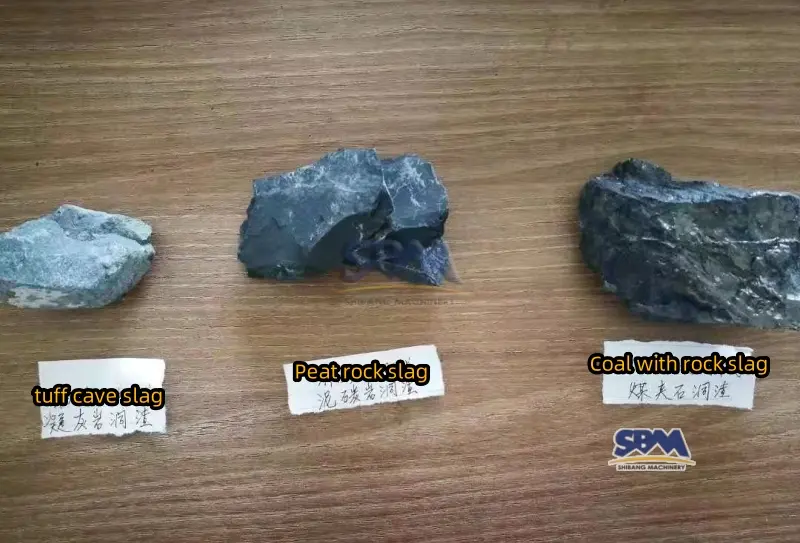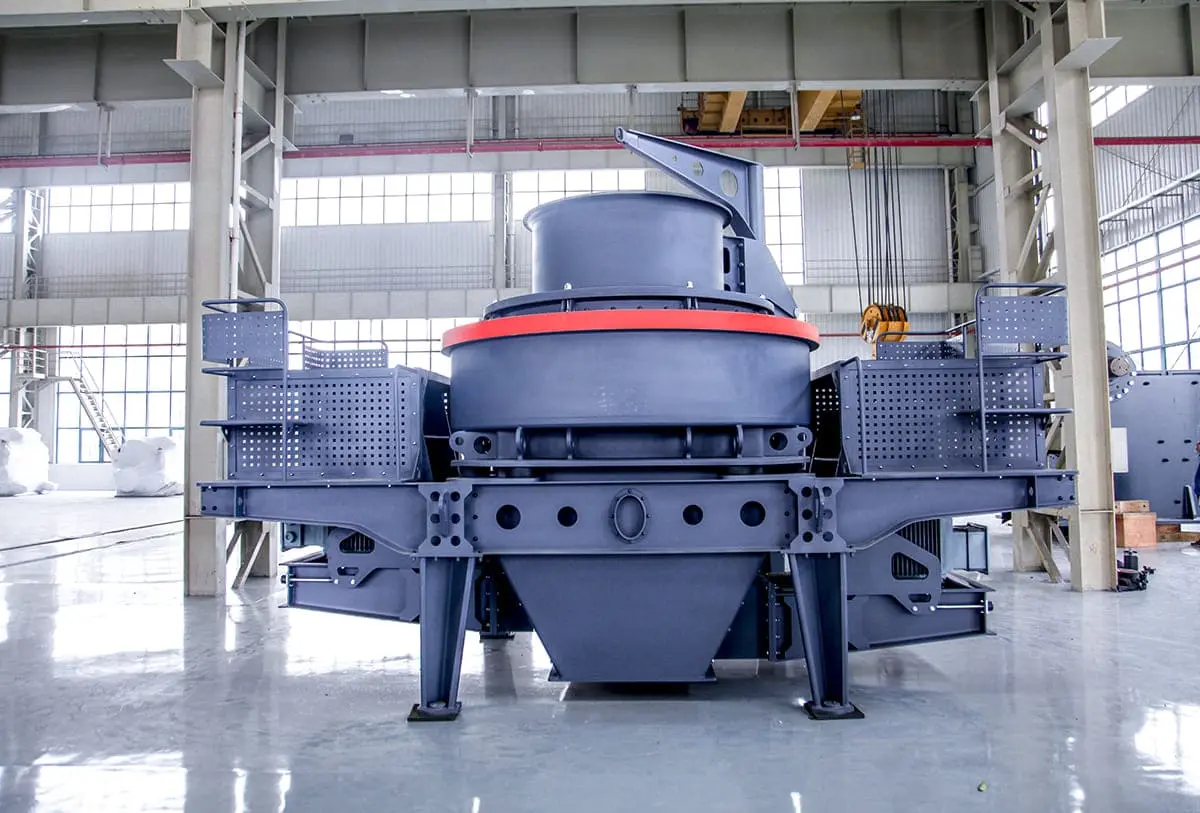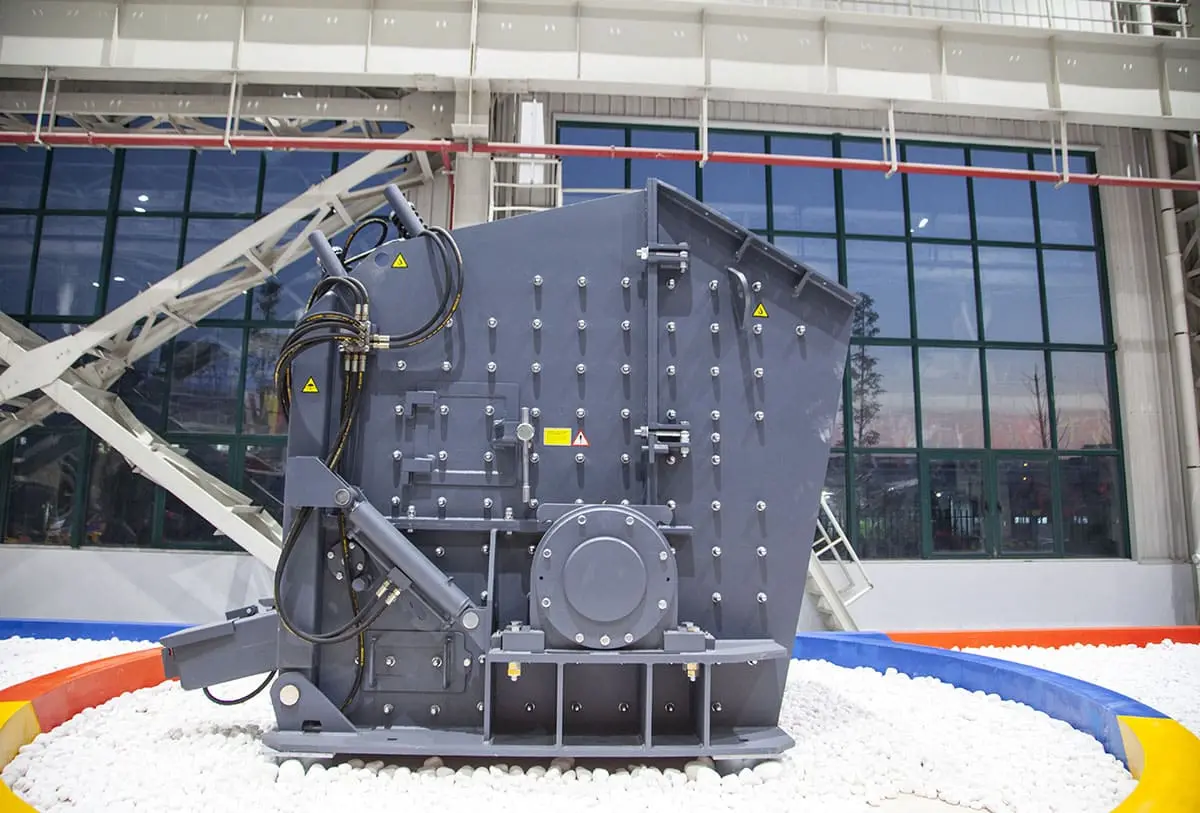E-mail: [email protected]
Scories
Contenu principal
Walk by any old steel mill, and you’ll spot them: giant grey-black piles shining in the sunlight. For years, we saw this scories as nothing but trash – an ugly reminder of industry’s mess. I’ve stood on these heaps in Dortmund and Pittsburgh, crushing glassy bits under my boots. What struck me wasn’t the smell or dust; it was how wrong this was. Here was stuff tougher than natural rock, steadier than mined calcaire, yet we were dumping it underground. That old story’s now falling apart faster than bad concrete. Après 20 years working with crushed materials, I’ve watched slag’s comeback myself – from landfill junk to vital construction material. This isn’t just reuse; it’s industry magic.

Slag Demystified: What Mills Don’t Tell You
Slag isn’t ‘waste.’ It’s the natural result of cleaning metals. When raw ore meets super-high heat (over 1,500°C in furnaces), unwanted stuff melts together into a hot liquid mix of silicates, calcium oxides, et l'aluminium. This lava-like flow gets removed from pure metal – like skimming fat from soup. But here’s what factories won’t tell you: slag’s makeup is unique. German slag differs from Indian slag because of:
- Where the ore comes from
- Materials added during melting
- How it’s cooled (water spray vs. air cooling)
I’ve tested slag with 40% silica against types full of calcium compounds. This difference isn’t bad – it’s useful. Dutch road builders specifically order electric furnace slag for seaside roads because its extra iron fights salt damage better than regular stone.
Slag Types: A Field Guide for Engineers
Blast Furnace Slag (BFS): The Cement Saviour
Formation: Molten slag water-quenched at 1,000°C → glassy granules (GBFS).
Pour la pointe: GBFS reactivity depends onglass content. Aim for >90% vitreous material – check mill certificates. Lower grades cause slow strength gain.
Steel Slag: The Road Warrior
The Expansion Myth: Oui, fresh BOF slags expands like baking dough. Pourquoi? Free lime (CaO) hydration. But here’s the fix:
- Hot-stage processing: Inject CO2 during cooling → forms stable calcite
- Weathering: Minimum 6-month outdoor exposure (monitor pH < 10.5)
- Accelerated aging: Steam curing at 80°C for 48 heures
Field Observation: Japan’s Tohoku Expressway uses 100% aged steel slag aggregate. After the 2011 quake, sections with slag base showed 70% less cracking than gravel-based stretches.
The Underdogs
- Copper Slag: Blasting abrasive so aggressive it strips hull paint in half the time of garnet sand. Requires dust suppression systems.
- Ferronickel Slag: Indonesia ships this to Dubai as road base – its high MgO content prevents bitumen stripping in heat.
Processing Breakdown: Where Profit is Made
Crushing Circuits – The Heartbeat

Crusher Selection Truths:
- Concasseurs à mâchoires: Best for >800mm lumpy slag. Wear cost: $0.18-0.30/tonne
- Rupture de cône: Ideal for 50-250mm feed. Produce 60% cubical aggregate
- Concasseurs VSI: Essential for road aggregates. Enhances particle shape but costs 40% more in wear parts
Operator Hack: Run slags through electromagnetavant concassage secondaire. Recovered metal scrap offsets 15-30% of processing costs.
The Weathering Yard Dilemma
Steel slag stockpiles aren’t just sitting – they’re chemically evolving. Smart plants:
- Install drainage layers under piles
- Monitor pile temperatures (target <70° C)
- Test expansion monthly (EN 1744-1 test)
Coût: Weathering adds $1.50-4.00/ton but prevents $20+/ton in liability claims.
Slag Cement: The Carbon Killer
Why GGBFS Beats Fly Ash
| Propriété | GGBFS (50% blend) | Class F Fly Ash | Portland Cement |
|---|---|---|---|
| 28-day Strength | 42 MPa | 38 MPa | 48 MPa |
| Chloride Resistance | 90% reduction | 70% reduction | Base de base |
| CO2 Emissions | 380 kg/ton | 410 kg/ton | 830 kg/ton |
| Heat Hydration | Low | Modéré | Haut |
The Grinding Reality
Producing high-reactivity GGBFS requires:
- Vertical roller mills (not ball mills)
- 4,500-5,000 Blaine fineness
- Moisture control <0.5%
Energy Penalty: Grinding consumes 35-50 kWh/ton – still 60% less than OPC production.
Aggregates That Outperform Nature
Roads That Bite Back
Steel slag’s PSV (Polished Stone Value) de 68-72 beats granit (50-55). UK’s Highways Agency mandates slags on M25 curves after wet-season skid crashes dropped 45%.
Concrete’s Secret Weapon
Air-cooled BFS aggregate:
- Low thermal expansion (9 μm/m°C vs limestone’s 12)
- Alkali-silica reaction neutralization
Étude de cas: Dubai’s Burj Khalifa used 340,000 m³ of BFS concrete to combat 50°C setting temperatures.
Beyond Construction: Unusual Profit Streams
Farming’s pH Fixer
Steel slag’s 8.5-11.5 pH makes it perfect for acidic soils. Malaysia’s palm oil plantations apply 2 tons/hectare:
- Raises soil pH from 4.2 → 6.0 in 6 mois
- Adds soluble silicon for stalk strength
Caution: Test for heavy metals – Cd < 2 mg/kg, Cr < 80 mg/kg.
Mineral Wool’s Dirty Secret
70% of stone wool is actually slag wool. Production energy:
- basalt: 2,800 Kwh / tonne
- Slag-based: 1,100 Kwh / tonne
Conseil: Use slags with 38-42% CaO for optimal fiberization.
Equipment Deep Dive: Making Crushers Last
Slag’s Wear Mechanisms
- Abrasion: SiO2 content >18% accelerates wear
- Impact: Uncrushed metal “tramp” damages rotors
- Corrosion: Sulfides attack manganese steel
SBM China’s Edge (https://www.mill-sbm.com)
Le concasseurs à percussion handle slags better because:
- Hybrid breaker plates (ceramic inserts + manganese)
- Rotor impact tips welded with Hardox 500
- Vibration sensors trigger metal detection shutdown
Hack de maintenance: Schedule hammer rotation every 250 hours – extends life by 3x.
The Real Economics of Slag
Pricing Power
| Product | Price (USD/ton) | vs Material |
|---|---|---|
| GGBFS | $55-75 | 15% below OPC |
| Steel Slag Aggregate | $12-18 | 20% below granite |
| Copper Slag Abrasive | $80-110 | 30% below garnet |
Hidden Revenue Streams
- Carbon credits: 1 ton GGBFS = 0.65 carbon credits
- Récupération des métaux: $15-40/ton from ferrous scrap
- Landfill avoidance fees: $7-20/tonne
The Future Is Pre-Activated
Leading research (Fraunhofer Institute, 2023) showsmechanochemical activation could revolutionize slag:
- High-pressure grinding to nano-particles
- Chemical activators (Na2SO4 or KOH)
- Résultat: 7-day strength equal to OPC
This eliminates grinding costs – the final barrier to 100% slag cements.
Waste is Just Resource in Disguise
Last year, I visited a Tokyo data center made with 92% slag concrete – cool inside, no cracks, standing strong through earthquakes. Nearby, rice fields fed with slag glowed bright green. This isn’t just for show; it’s practical resourcefulness. Le 2.5 billion tons of old slag piles worldwide aren’t problems – they’re unused resource banks. With modern crushers and processing, we’re not just recycling slags; we’re reusing our own industrial leftovers. Le “déchets” era is finished. Welcome to the age of valuable materials.



